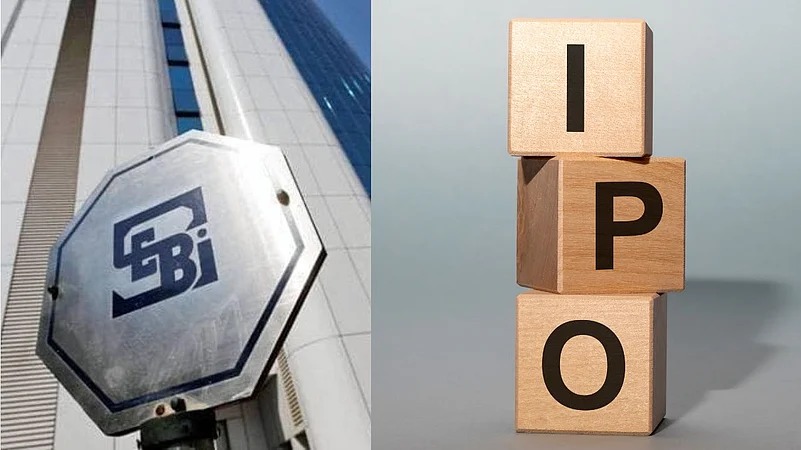India’s capital markets regulator, the Securities and Exchange Board of India (SEBI), has proposed sweeping changes to IPO norms that could reshape how large companies go public. In a consultation paper released on August 18, 2025, SEBI outlined a framework that would allow mega-cap firms to launch initial public offerings with significantly smaller issue sizes and extended timelines for meeting public shareholding requirements.
Here’s a comprehensive breakdown of the proposal, its rationale, and what it means for India’s IPO landscape.
1. What SEBI Is Proposing
- SEBI aims to reduce the minimum public offer (MPO) size for large companies, making it easier for them to list without overwhelming the market
- For firms with post-issue market capitalization between ₹50,000 crore and ₹1 lakh crore, the MPO would drop from 10 percent to 8 percent of post-issue capital
- Companies valued between ₹1 lakh crore and ₹5 lakh crore would be required to offer ₹6,250 crore and at least 2.75 percent of post-issue capital
- For firms exceeding ₹5 lakh crore in market capitalization, the minimum offer would be ₹15,000 crore and at least 1 percent of post-issue capital, subject to a minimum dilution of 2.5 percent
Key highlight: The proposal allows large firms to list with smaller IPOs, reducing the immediate burden of equity dilution
2. Extended Timelines for Public Shareholding Compliance
- SEBI has proposed a staggered timeline for achieving the mandatory 25 percent minimum public shareholding (MPS)
- Companies with market capitalization between ₹50,000 crore and ₹1 lakh crore would have five years to meet the 25 percent MPS, up from the current three years
- For firms above ₹1 lakh crore, the timeline would be extended to ten years
- If public shareholding is below 15 percent at listing, it must be raised to 15 percent within five years and 25 percent within ten years
- If public shareholding is already 15 percent or more at listing, the 25 percent threshold must be met within five years
Key takeaway: The extended compliance window gives large issuers flexibility to meet public float norms without destabilizing market demand
3. Rationale Behind the Reform
- SEBI’s proposal is a response to challenges faced by large companies in executing massive IPOs
- Market absorption of large share offerings can be difficult, especially in volatile conditions
- The regulator noted that expectations of further dilution often weigh on share prices, even when fundamentals are strong
- By easing dilution norms and extending timelines, SEBI hopes to encourage more large firms to list domestically
Key insight: The reforms aim to balance capital formation with market stability, making India’s IPO ecosystem more attractive for mega issuers
4. Retail Quota Retained
- SEBI has decided to retain the retail investor quota at 35 percent for IPO allocations
- This reverses an earlier plan to reduce the retail quota for large issuances
- The regulator emphasized that retail participation remains a cornerstone of India’s equity markets
- The move ensures that individual investors continue to have meaningful access to marquee listings
Key highlight: Retail investors remain central to SEBI’s vision for inclusive capital markets
5. Industry Response and Next Steps
- The proposals have been welcomed by legal and financial experts as pragmatic and forward-looking
- Stakeholders can submit comments on the consultation paper until September 8, 2025
- If implemented, the changes will require amendments to the Securities Contracts (Regulation) Rules, 1957
- The Ministry of Finance will play a key role in formalizing the regulatory adjustments
As India’s IPO pipeline swells with anticipated listings from tech giants, infrastructure leaders, and consumer brands, SEBI’s proposal could be a game-changer. By lowering entry barriers and offering regulatory breathing room, the reforms promise to unlock broader participation and smoother capital formation in one of the world’s fastest-growing equity markets.
Sources: CNBC TV18, Moneycontrol, Business Standard, Reuters India, PTI News Service

